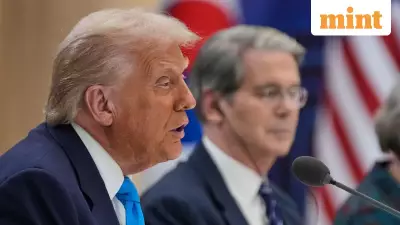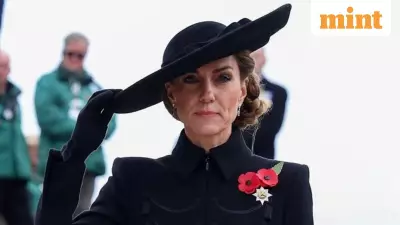
Just a day after suggesting support for steady interest rates, Federal Reserve Bank of Boston President Susan Collins has clarified that she has not yet decided how she will vote at the central bank's crucial December policy meeting. This uncertainty comes amidst ongoing debates within the US Federal Reserve regarding the future path of interest rates.
Data Dependence and Policy Stance
Speaking to reporters on the sidelines of the Boston Fed's annual economic conference, Collins emphasized that her decision is not yet made. "I have not made a decision, I don't make a decision before I actually get to the meeting," she was quoted as saying by Bloomberg. She pointed out that "there's still data that's coming," underscoring the Fed's data-dependent approach.
Collins, who holds a vote on the Fed's December policy outcome, had previously expressed hesitation about cutting interest rates at the upcoming meeting. Her primary concern is that inflation remains high and the current monetary policy is only mildly restrictive.
Diverging Views and Market Impact
The Boston Fed chief is among several policymakers who have voiced similar concerns since the Fed's last meeting in October. This has set the stage for a potentially contentious Federal Open Market Committee (FOMC) meeting scheduled for December 9-10, 2025.
The growing chorus of officials either opposing or doubting another rate cut led investors to scale back their expectations for a reduction in December. However, market sentiment experienced another shift on Friday when New York Fed President John Williams, a close ally of Chair Jerome Powell, suggested there could be scope to lower interest rates soon.
On Saturday, Collins reiterated her view, stating she continues to see upside risks to inflation. She added that maintaining rates at a mildly restrictive level would help ensure that inflation continues its downward trajectory. "I do see reasons to be hesitant" on cutting rates further, she remarked.
Economic Concerns from the Ground
Collins also shared insights from her district, revealing that small businesses have expressed significant concerns about rising prices and policy instability. She noted that some regions continue to face substantial economic challenges.
On the employment front, Collins observed that the labour market has notably cooled in recent months, and she is watching for further signs of decline. She highlighted a worrying trend within the overall employment figures: a rise in unemployment among young, college-educated workers, which she warned "can have real implications" for the broader economy.
"There are risks on the employment side," Collins stated. "If I saw evidence of more softening and weakness, I would take that seriously."
Background: The Fed's Recent Actions
The Jerome Powell-led US Federal Reserve had previously announced a 25-basis-point interest rate cut following its two-day policy meeting that concluded on Wednesday, October 29, 2025. This brought the key interest rate to a range of 3.75%-4.00%.
This cut in October 2025 was the first since December 2024 and also marked the first rate reduction since the return of US President Donald Trump to the White House. The central bank also signaled a shift in focus, stating it would now concentrate on managing risks in the US economy, using incoming data to guide the future direction of interest rates.
The September 2025 rate cut had initially boosted market expectations that the Fed would lower its main lending rates again before the end of the year, despite acknowledging that inflation remains "somewhat elevated" in the economy.





